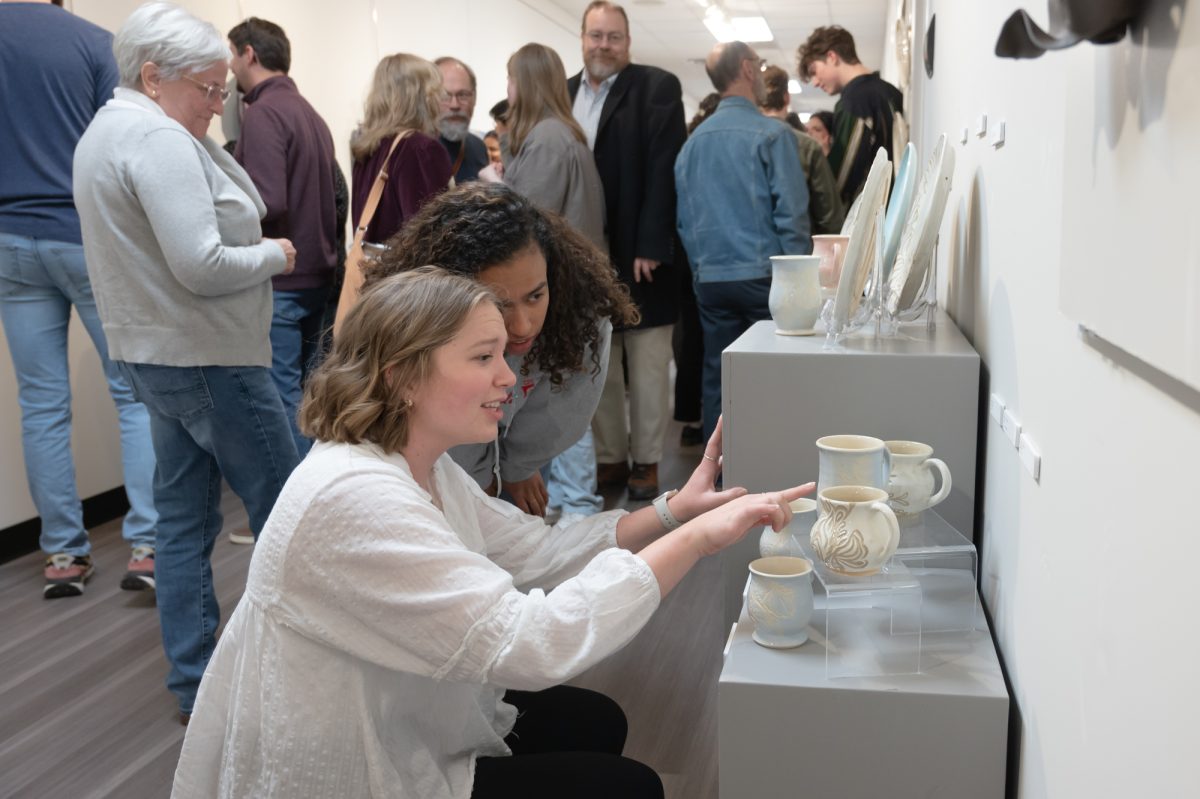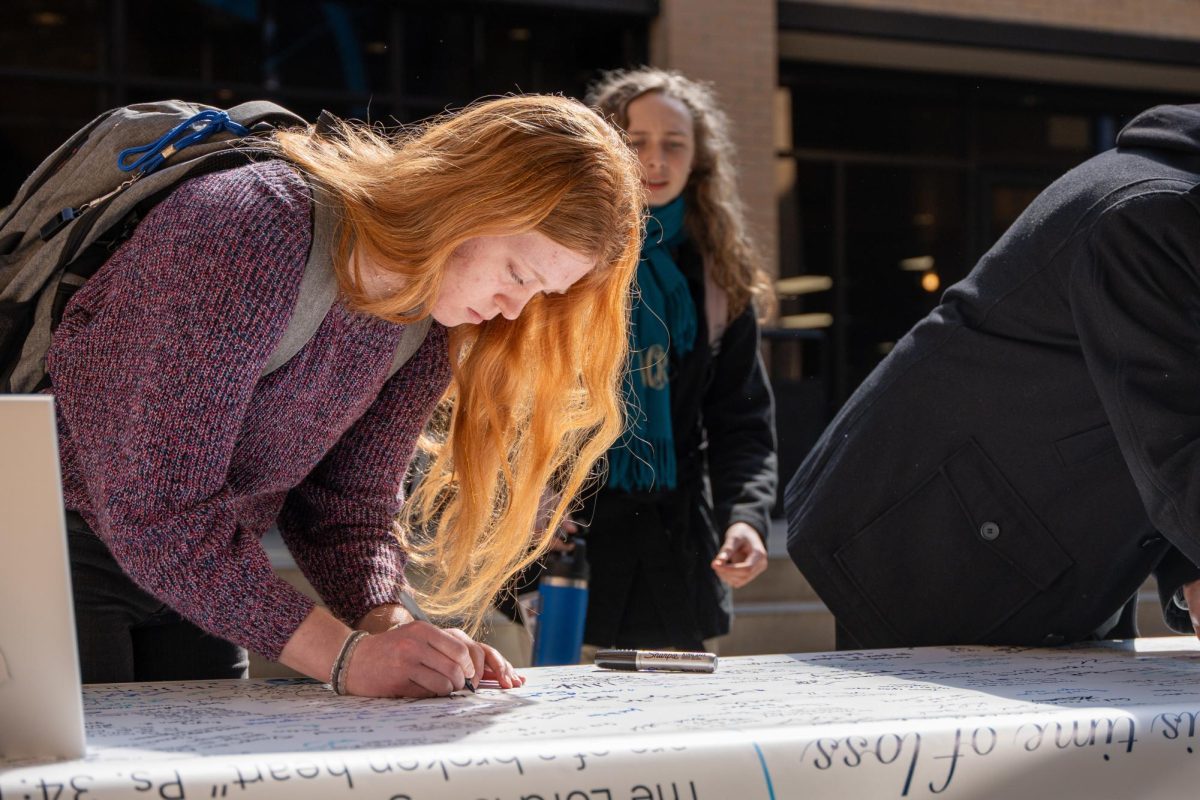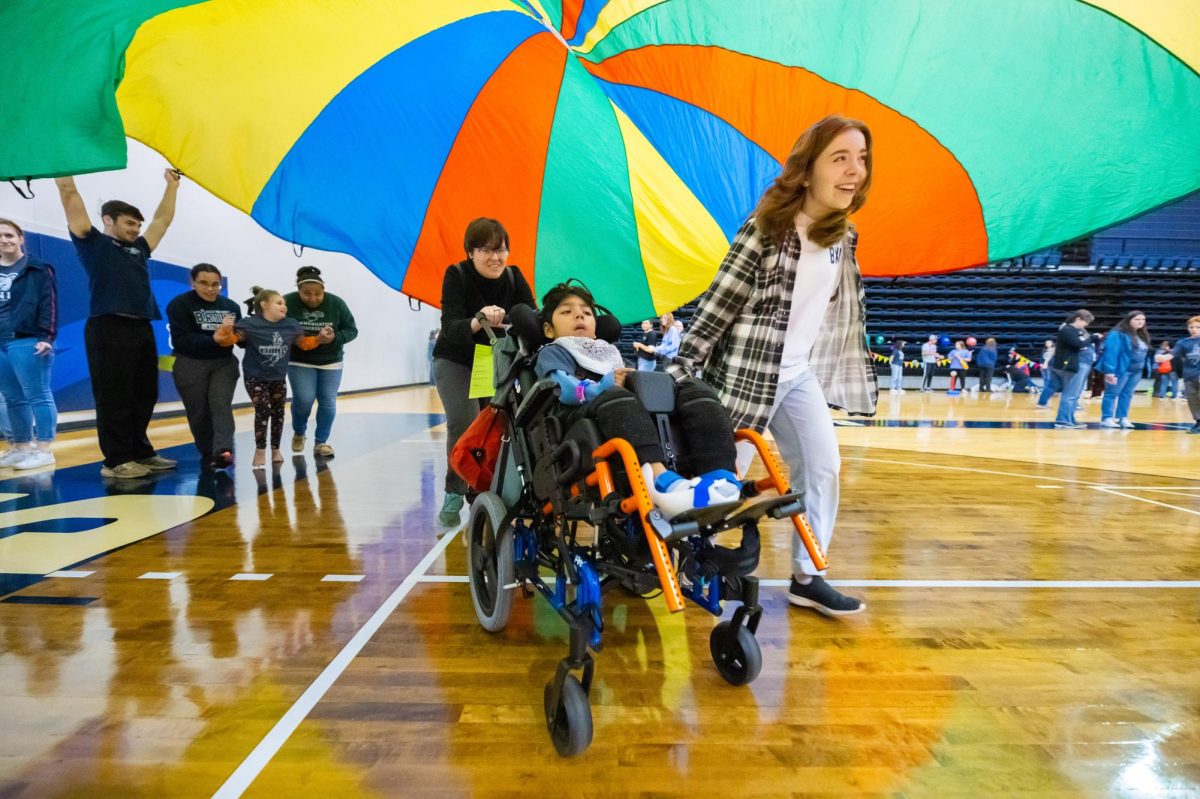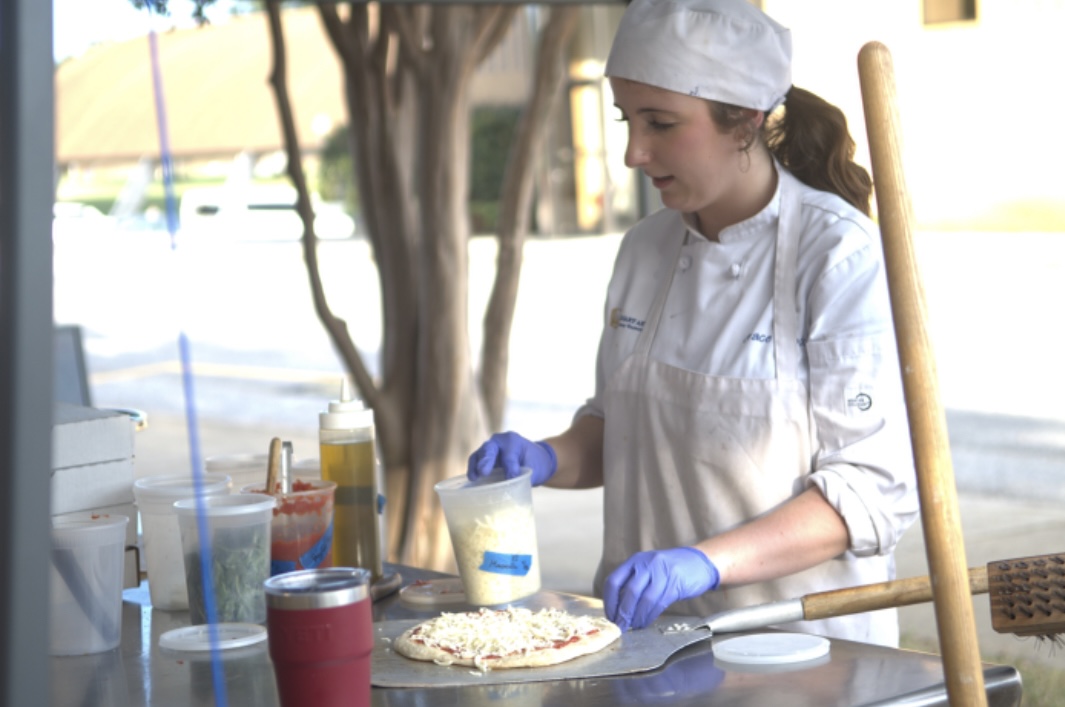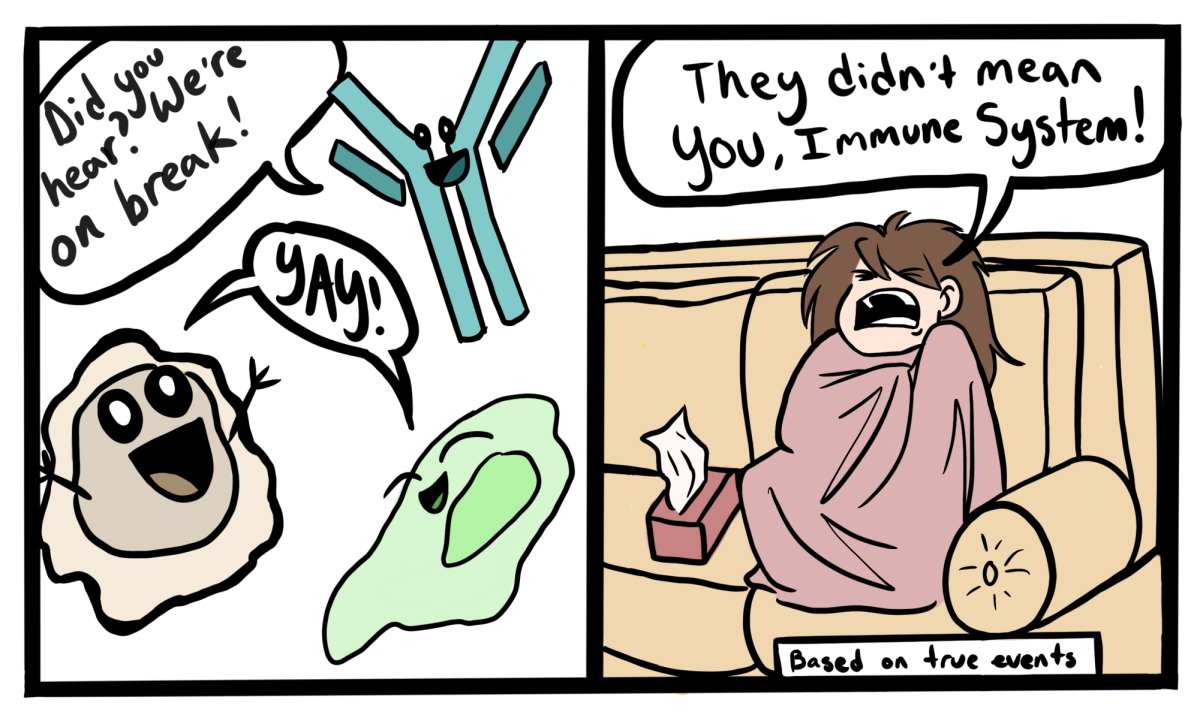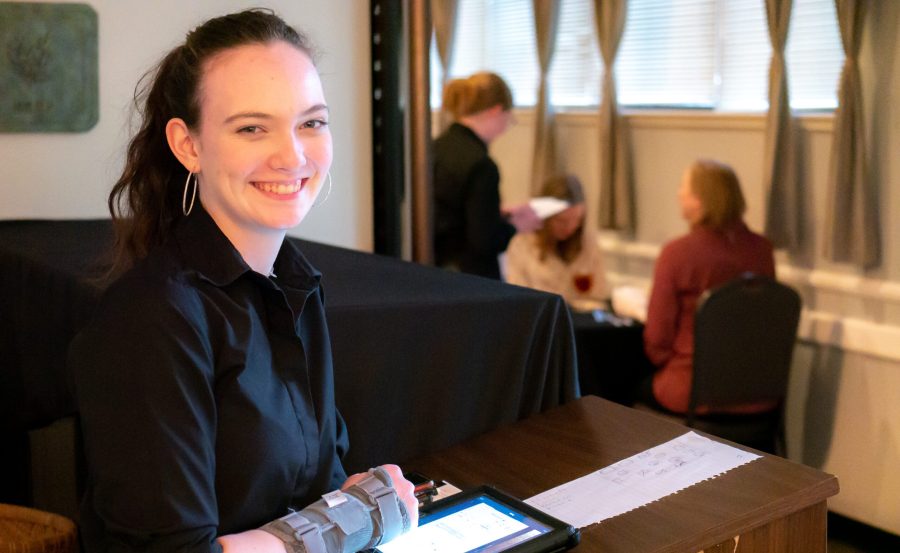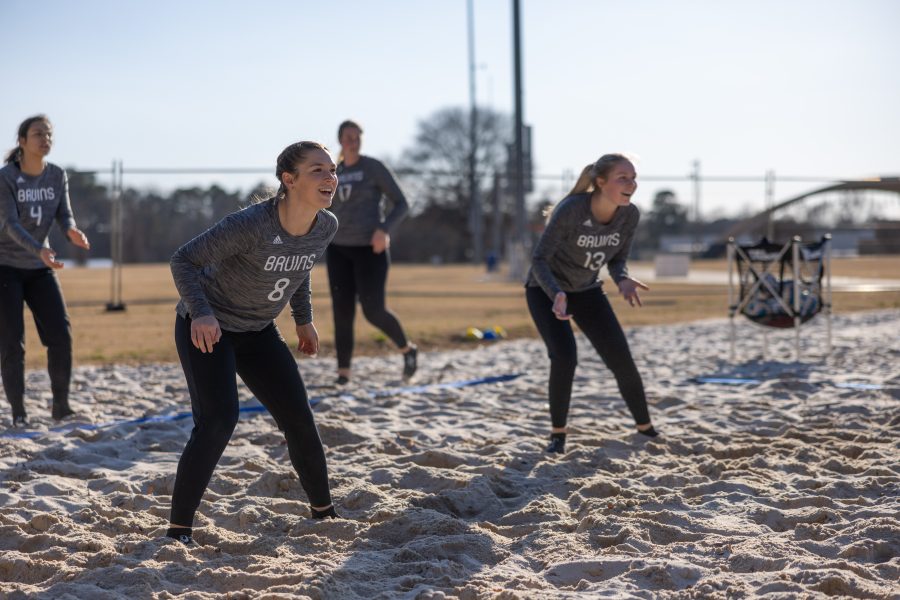After a man was fatally shot Oct. 5 in the parking lot of CVS just a few blocks from BJU, Public Safety has encouraged students to review safety procedures for active shootings.
Public Safety sent a campus-wide notification to warn students of the active crime scene and advise them to stay on campus or at least avoid that area. The emergency notification system is designed to alert students, staff and faculty to multiple emergency situations that may occur on campus and deliver serious information as quickly as possible.
Public Safety provides more information on handling emergency situations on the BJU Intranet under the Emergency Procedures tab, including an emergency response manual and a training video titled “Shots Fired on Campus.” Students can also update their emergency contact notification information through the Intranet.
The Greenville County Forensics Division, a branch of the Greenville County Department of Public Safety, recorded 92 ballistics incidents and 143 armed robberies in a 2019 report. However. there have never been any active shooter cases on the BJU campus.
Active shooting situations are intense emergencies that can cause a lot of fear and confusion, but preparing appropriately for them will help students, faculty and staff to refrain from panicking in the event one does happen on campus.
If an emergency occurs on campus, Public Safety is ready to respond as quickly as possible. Student officers are not armed nor permitted to respond to violent situations, but full-time Public Safety staff are trained officers with many years of law enforcement experience. Those Public Safety officers regularly train with other agencies, including the Greenville County Sheriff’s Office, to prepare themselves for emergency situations.
Until Public Safety or police can arrive and stop the situation, students may have to make quick life-or-death decisions in order to keep themselves and those around them safe. The primary principle Public Safety recommends students follow is run, hide and fight.
First, students should run. If it is possible to evacuate the building or area without putting yourself in danger, then quickly leave the area and immediately call Public Safety or 911. Do not assume that anyone else is calling and continue to call even if the line is busy.
“We have to hear about it,” Public Safety Chief Joseph Mulnix said. “Then we [can] respond to the violence as quickly as we possibly can.”
If it is not possible to evacuate, the second thing students should do is hide. Find a room to hide in or remain in the room you are currently in. Lock and barricade the door, turn off any lights and silence any device that may draw attention to you.
If you are with other people, spread out and hide, do not stay close together. Stay quiet so the assailant cannot find you.
If the assailant manages to enter the room or students find themselves confronted by the assailant, they need to fight. Throw objects at the assailant, rush at the person as a group and overpower them and fight back in any way possible until law enforcement arrives or safe escape is possible.
“This is a life or death situation,” Mulnix said. “It requires absolute pushback or fight [to] resist the assailant.”
Last, when law enforcement officers enter the situation, open your hands and lift them up so that the officers can see that you are not a threat. Answer any questions they may have and follow any instructions they give you.
These principles apply to both on-campus and off-campus situations. Mulnix said the dynamics of the situation change depending on the layout of the space students may be in, so it is a good idea for students to observe any building or room they enter to make themselves aware of all exits and entrances. The more students train themselves to be aware of their surroundings, the better prepared they will be to respond in an emergency.


